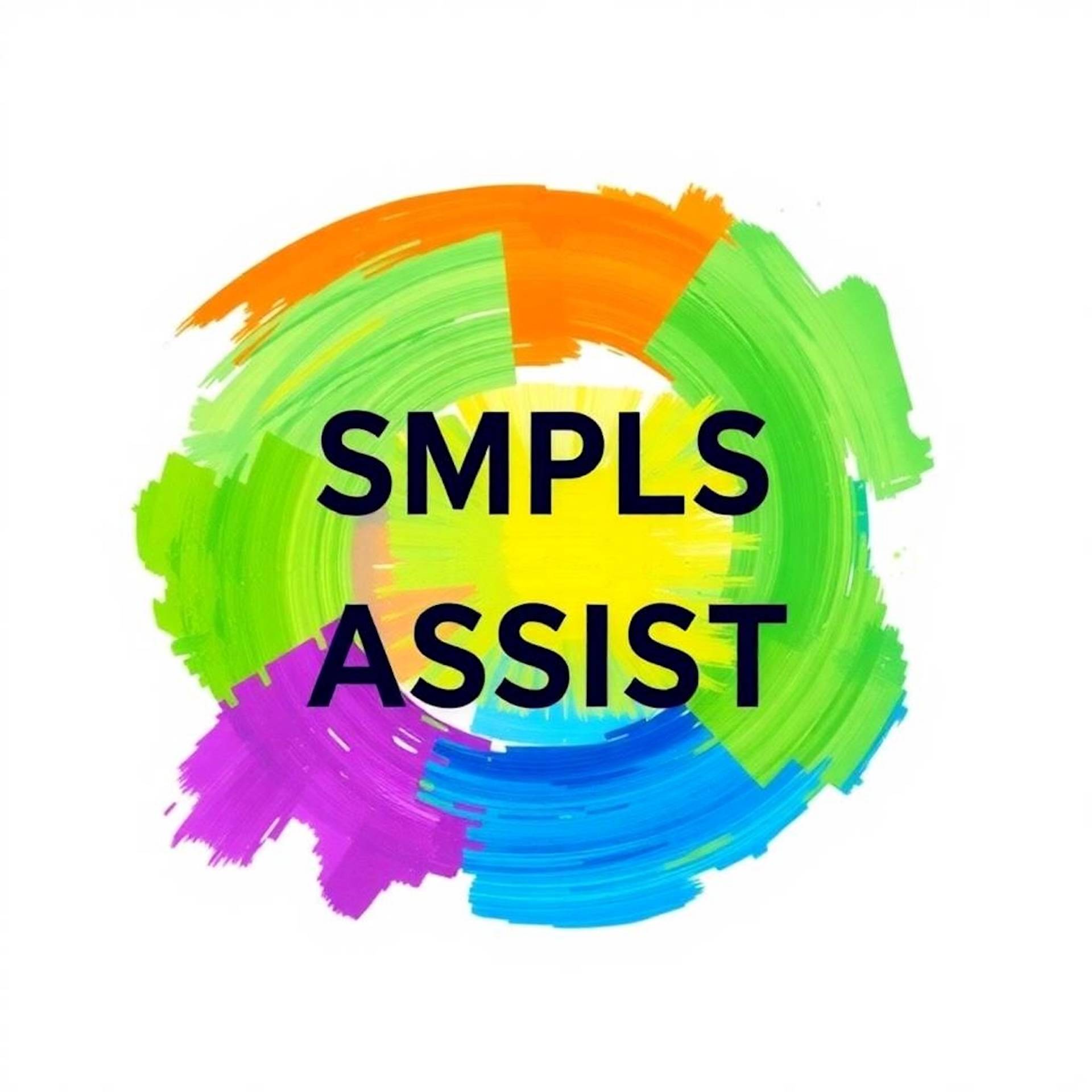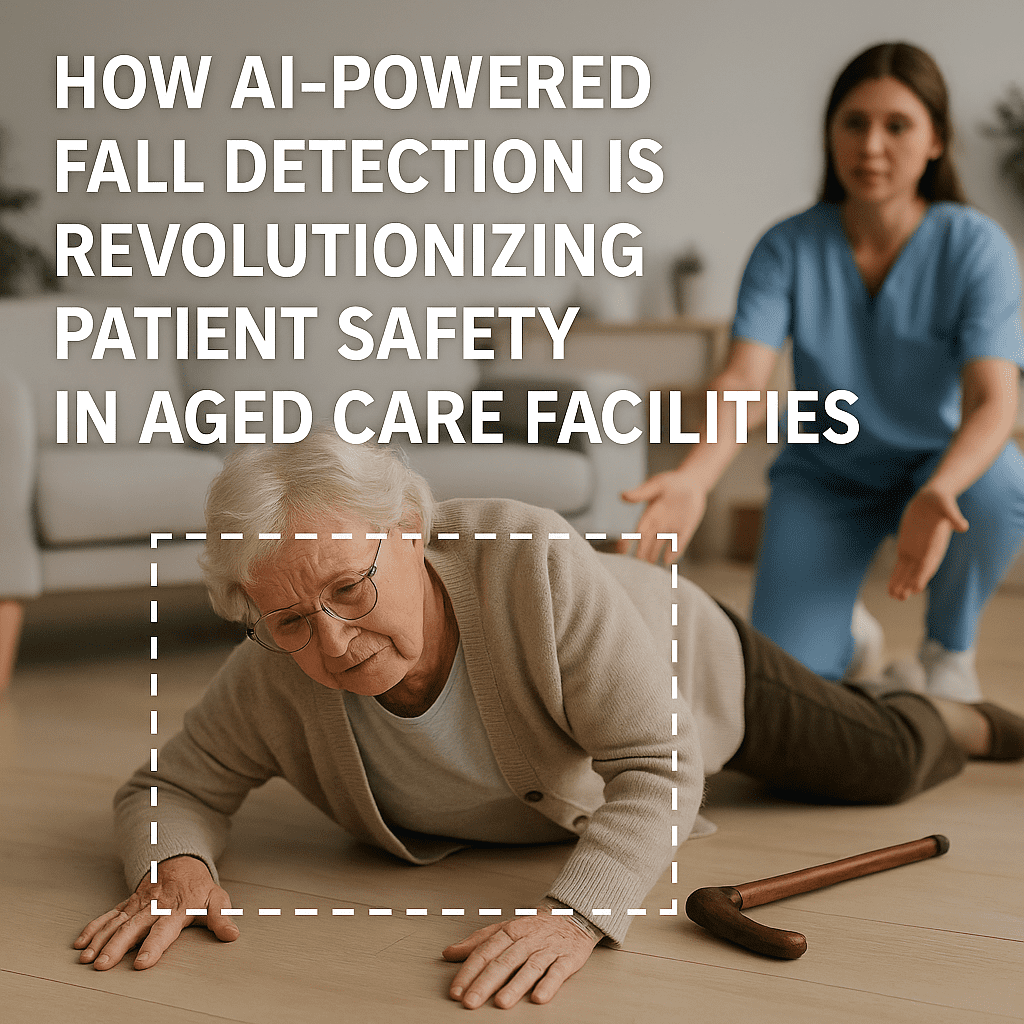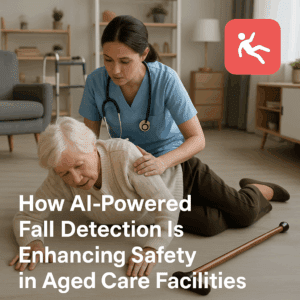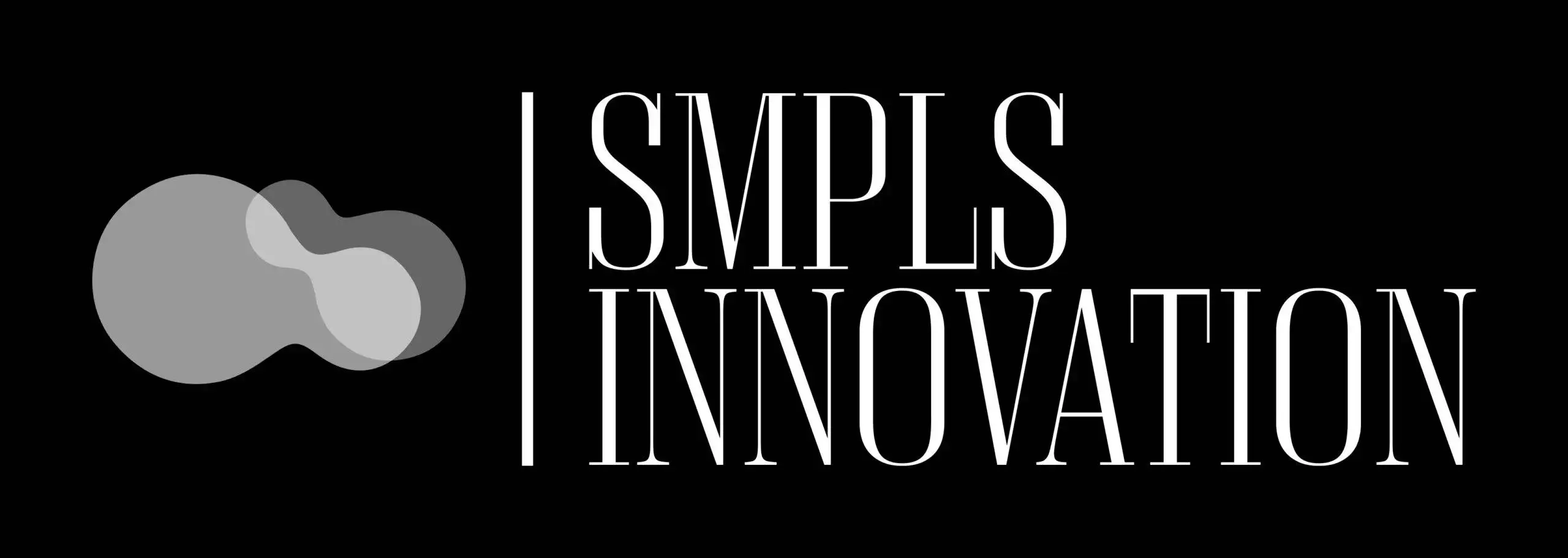How AI-Powered Fall Detection is Changing Patient Safety in Aged Care Facilities
By SMPLSINNOVATION – Helping healthcare providers get smarter with technology
Introduction
We’ve all tripped before—on a shoe, a chair leg, or maybe a toy on the floor. Most of the time, it’s funny and harmless. But for older adults in aged care homes, a fall can be very serious. Falls are the main cause of injuries for seniors, and they can lead to high medical costs, stress for families, and loss of confidence for residents.
Recent reports from 2024 show that up to half of aged care residents have at least one fall every year. One in three of those falls ends with hospital care. That puts a heavy load on staff, families, and the entire healthcare system.
This is where AI-powered fall detection comes in. Think of it as a smart safety net that helps staff respond faster and keep residents safer. At SMPLSINNOVATION, we believe these tools are making aged care smarter, safer, and more supportive for seniors.
The Urgency of Addressing Falls
Falls are one of the biggest challenges in aged care. They happen often, they cost a lot, and they take an emotional toll.
– Almost 40% of senior hospital visits are from fall injuries
– In North America, fall-related costs were around $67 billion at the end of 2024
– Residents often become fearful after a fall, and families worry it could happen again
Traditional safety methods like alarms and hourly check-ins don’t catch every fall. They are slow and not reliable enough when every second matters.
What is AI-Powered Fall Detection?
AI-powered fall detection is technology that can tell if someone has fallen—and then quickly alert staff. Here are some of the tools being used:
– Wearables: Small devices like wristbands or pendants that sense movement and impact
– Vision-based AI: Cameras that can analyze movements without sending video to the cloud, keeping privacy safe
– Ambient sensors: Pressure sensors, radar, or smart floors that detect changes in activity or sudden falls
The AI learns patterns and risks over time. It doesn’t just notice a fall, it can also spot warning signs that someone is at high risk before it happens.
10 Benefits of AI-Powered Fall Detection
1. Real-time alerts so staff can respond right away
2. Faster help means stronger recovery for residents
3. Less pressure on staff, since the system handles constant monitoring
4. More independence for residents, knowing they are being protected
5. Fewer emergency room visits caused by missed falls
6. Insights into daily patterns, like if someone is unsteady at night
7. Smarter scheduling decisions for staff workload
8. Peace of mind for families who know their loved one is being monitored
9. Easy connection to electronic medical records
10. Predictions of risks before a fall even happens
This technology brings benefits to everyone—from residents and families, to staff and even the finance team.
New Innovations in 2024
Fall detection technology has grown quickly. In 2024, these major improvements are gaining attention:
– Edge cameras that process movement instantly while keeping privacy safe
– Wearables that track both movement and health signs like heart rate
– Sensor networks built into facility walls and floors, turning the entire building into part of the care team
According to a 2024 adoption report, one in four aged care facilities plan to start or expand these tools in the next year.
Challenges and Ethical Concerns
No tool is perfect. AI-powered systems also need careful thought. Some key challenges are:
– Protecting residents’ privacy when cameras are in use
– Avoiding mistakes if the system struggles with body types, wheelchairs, or unusual movements
– Training staff to not only use the systems, but trust them
– Balancing safety with dignity so residents don’t feel like they are being watched too closely
The best path forward is to combine strong training, ethical rules, and honest talks with residents and families.
Real-World Examples
Several facilities worldwide are already showing strong results:
– In Germany, response times dropped from 15 minutes to under 3 minutes after using AI camera systems
– In Canada, a trial across 12 homes reduced ER visits by 28% by predicting risks early
– In Japan, AI fall detection was linked with telehealth, so doctors could respond immediately after a fall
These are real programs making a difference today, not just ideas for the future.
The Future of Fall Detection
Looking forward, we can expect:
– Predictive systems that warn of risks before falls happen
– Seamless connections with health records, telehealth, and medication systems
– Robots and smart walkers that not only detect falls but help prevent them
– Lower technology costs, so even small care homes can afford it
It won’t be long before we look back and wonder how aged care worked without these systems.
Final Thoughts
Falls will always be a concern in aged care, but AI-powered fall detection changes the story. Instead of reacting after a fall, facilities can now provide proactive safety.
At SMPLSINNOVATION, our mission is to help healthcare providers choose and use these smart tools in the best way possible. Because safety for seniors isn’t just about avoiding injuries—it’s about giving them freedom, confidence, and dignity.
Whether you’re a care home manager, a nurse, or a family member, AI-powered fall detection is helping create safer and happier environments for everyone involved. And that’s a future worth looking forward to.





